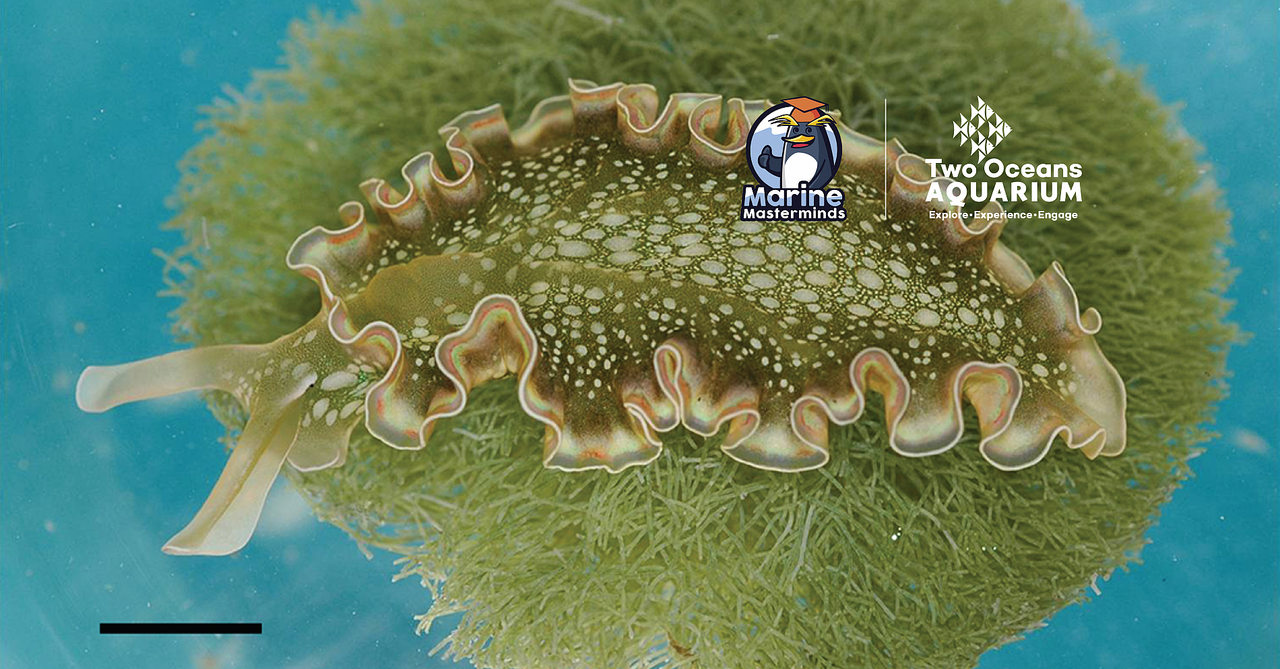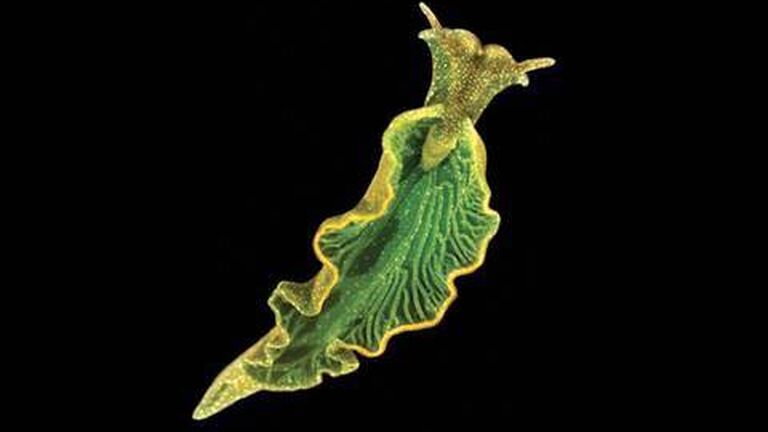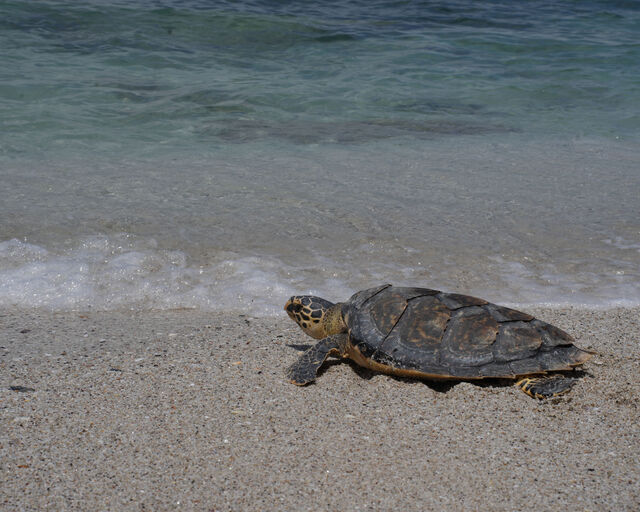If the beginning of the lockdown here in South Africa, and in other countries where long periods of isolation have been encouraged, proved anything, it's that we humans are terrible at planning ahead for how much food we need! We tend to either hoard far too much or are severely underprepared. How do sea creatures facing harsh environments and food shortages cope?

Remember - take the Marine Masterminds quiz at the end of this blog to add your name to the leaderboard.
Here are five ocean animals that have their rainy day food situations sorted:
Pear limpets - hardcore farmers
Pear limpets (Scutellastra cochlear) live on harsh, rocky shores on the South African coast. For small snails, this sun-exposed, wave-battered environment is a rough place to find food - so pear limpets farm instead!
Early in their lives, pear limpets will clear a small area of rock for themselves - an area known as a scar. They will push all other animals out of this scar, and will clear it of all algae - except one species of coralline red algae (Spongites endoi). The limpets will slowly rotate within these scars, carefully eating off the upper layers of red algae, and allowing the bottom layers to survive so that these algae gardens can always regrow.
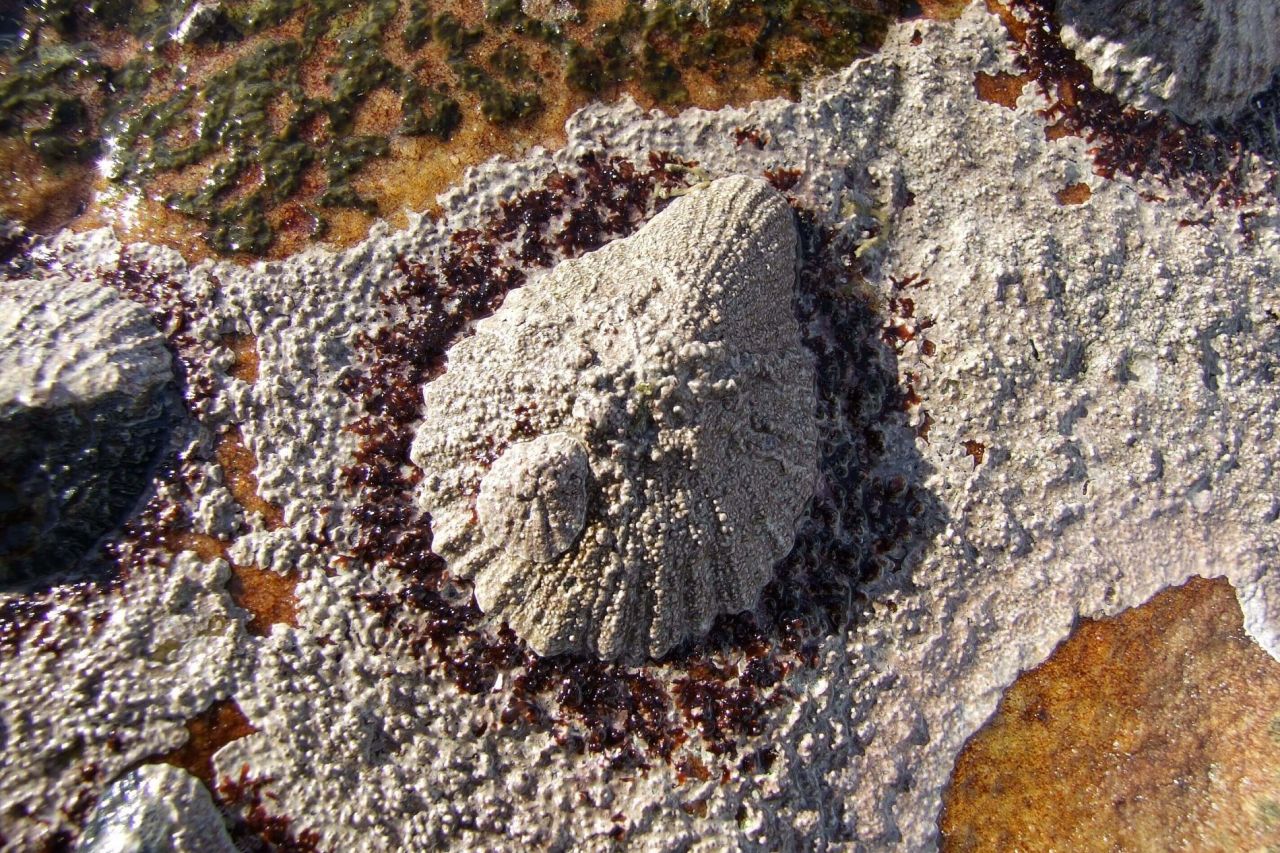
Pear limpets get more than 80% of their nutrition from their gardens, the remainder coming from "weeds" and debris that they find within their scar. In fact, other than the coralline algae, the only plants that grow in this scar are the ones on the limpets' backs - but these serve as food for juvenile limpets, which "farm" on the backs of larger adults until they are big enough to start their own garden elsewhere.
Fiddler crabs - corpse hoarders
Milky fiddler crabs (Uca lactea) are a small species of fiddler crab that inhabit mud and sand flats on the coasts of China, Taiwan, Korea and southern Japan. These barren flats don't offer much food for the crabs, which need to take advantage of every opportunity to feed on what is presented to them. Unfortunately, these flats are often covered by high tides, flooding rivers and heavy rainfall - conditions that will wash these delicate crabs away, forcing them to remain in their burrows. So how do the fiddler crabs cope?
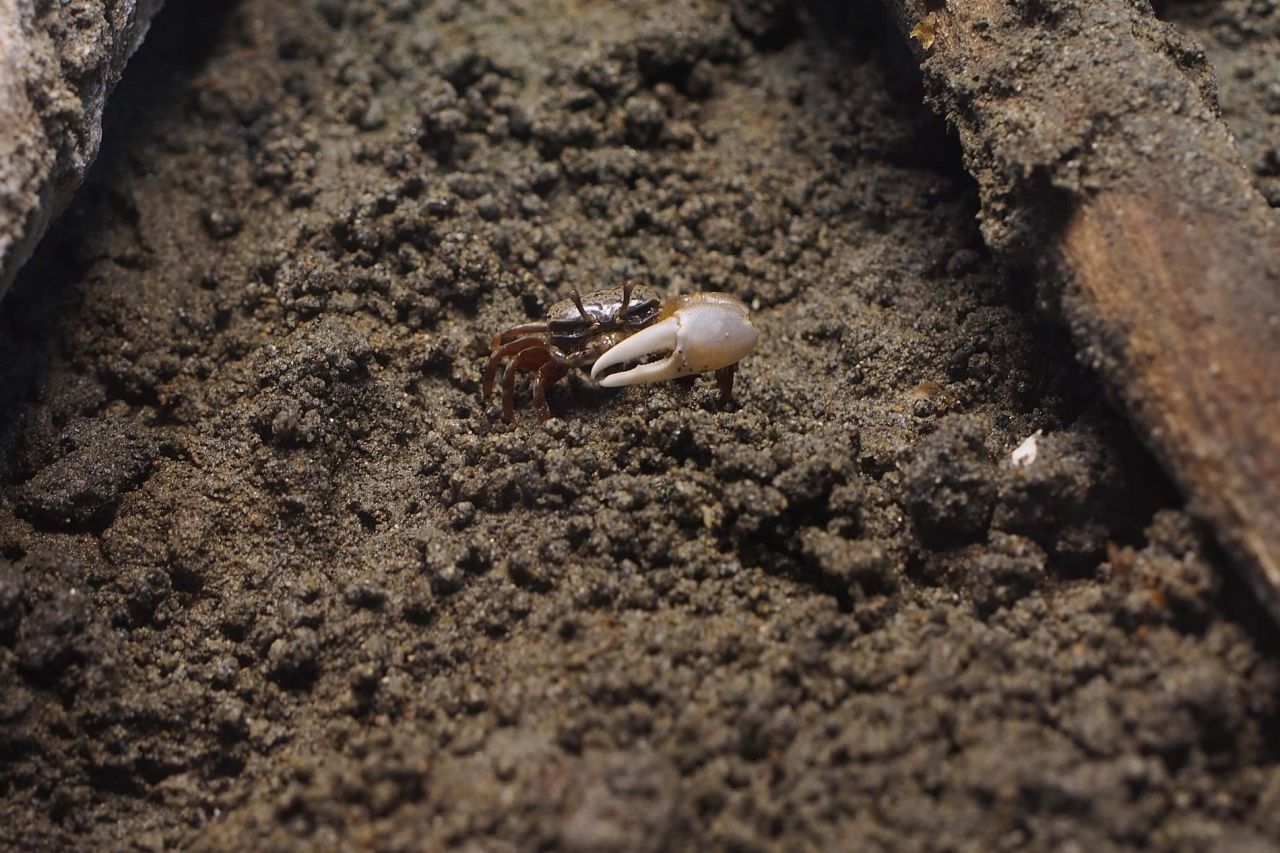
Possibly unique among crustaceans, milky fiddler crabs appear to use environmental cues to predict bad weather and high tides - using this sense of impending moisture to prepare for the worst. One study found that when poor conditions are approaching, females will save a portion of any carrion they find for later consumption, if there is more organic matter in the sediment than usual, they will push this sediment into their burrows for later sifting. This strategy appears to help females stay large and able to grow eggs even in poor conditions.
Male fiddler crabs, on the other hand, don't seem to store food at all, and will instead gorge themselves on whatever they find. If they do find more food than usual, that just means they'll spend more time than usual looking for a mate the next day. If you've already eaten your entire lockdown chocolate stash, there's a good chance you might be a male fiddler crab.
Sea slugs - plant hijackers
Plants don't have the food storage problems we animals do - if there is sun, they can make food. Eastern emerald elysias (Elysia chlorotica), a.k.a. green sea slugs, also have this ability. Or, rather, they have stolen this ability.
Through a process known as kleptoplasty, these little slugs are able to steal chloroplasts - the part of plant cells that photosynthesise water, light and carbon dioxide into sugar - and imbeds them into their own cells. They do this by sucking the fluid out of a type of algae found only on the coast of North America called Vaucheria litorea, and incorporating its juices into their own cells. Basically, the green sea slug is a Jedi!
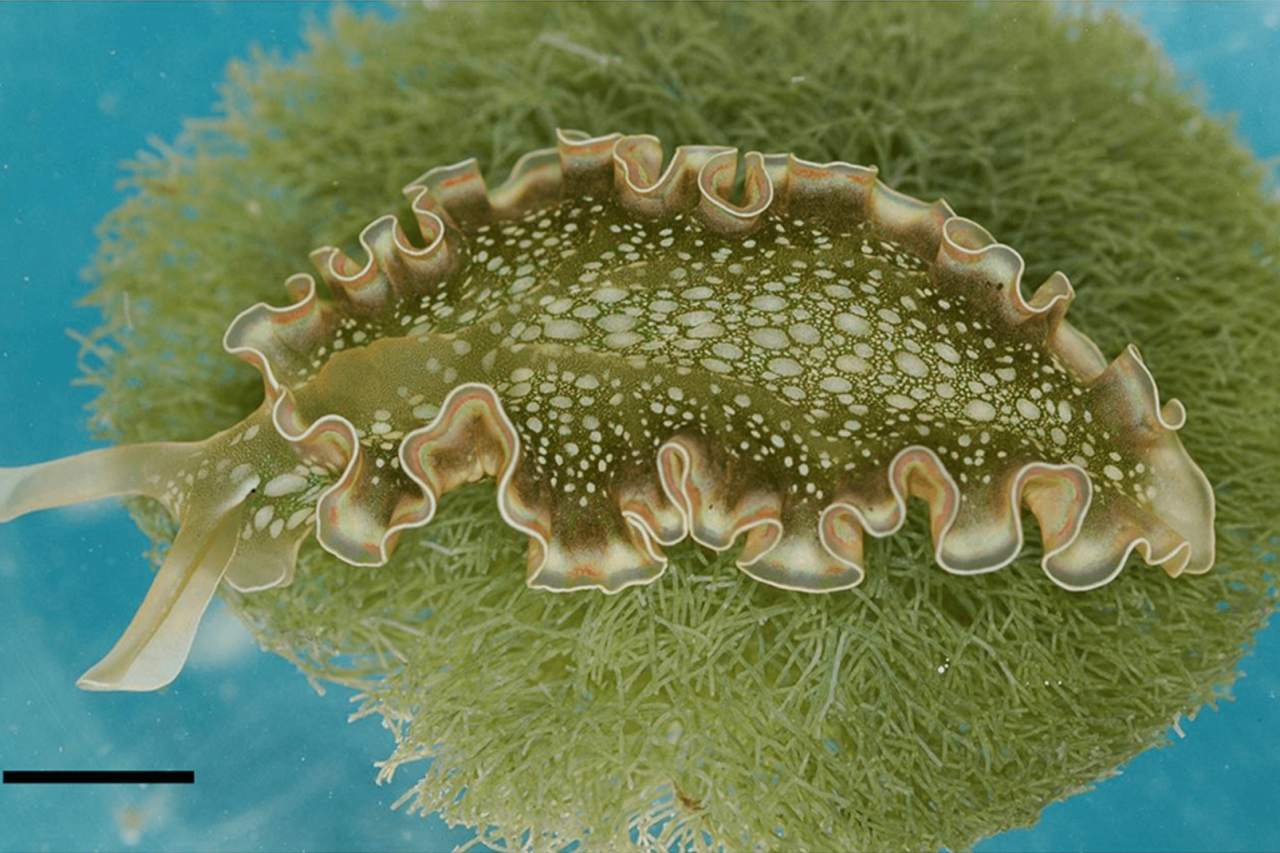
Interestingly, even though these sea slugs can't photosynthesise without these plant parts, their DNA has mechanisms that are specifically adapted to keep these internal chloroplasts alive for as long as a year. There is even some evidence to suggest that the DNA of these slugs has merged with algae DNA - a process called horizontal gene transfer.
Farmerfish - reef gardeners
Damselfishes are a large family of small, colourful fish that are usually marine, live near reefs, and are highly territorial. The typical damselfish grazes on algae found within its territory on the reef, but unfortunately for damselfish, they lack the ability to digest many types of algae, so need some way of increasing the abundance of the foods they can tolerate.

They do this by gardening, and the champion of this is the dusky farmerfish (Stegastes nigricans), a small damselfish that is common throughout the Indian and Pacific Oceans. Farmerfish will actively bite, tear off and spit out all the algae they cannot eat, and allow a few species of Polysiphonia red algae, that they can easily digest and graze on, to flourish.
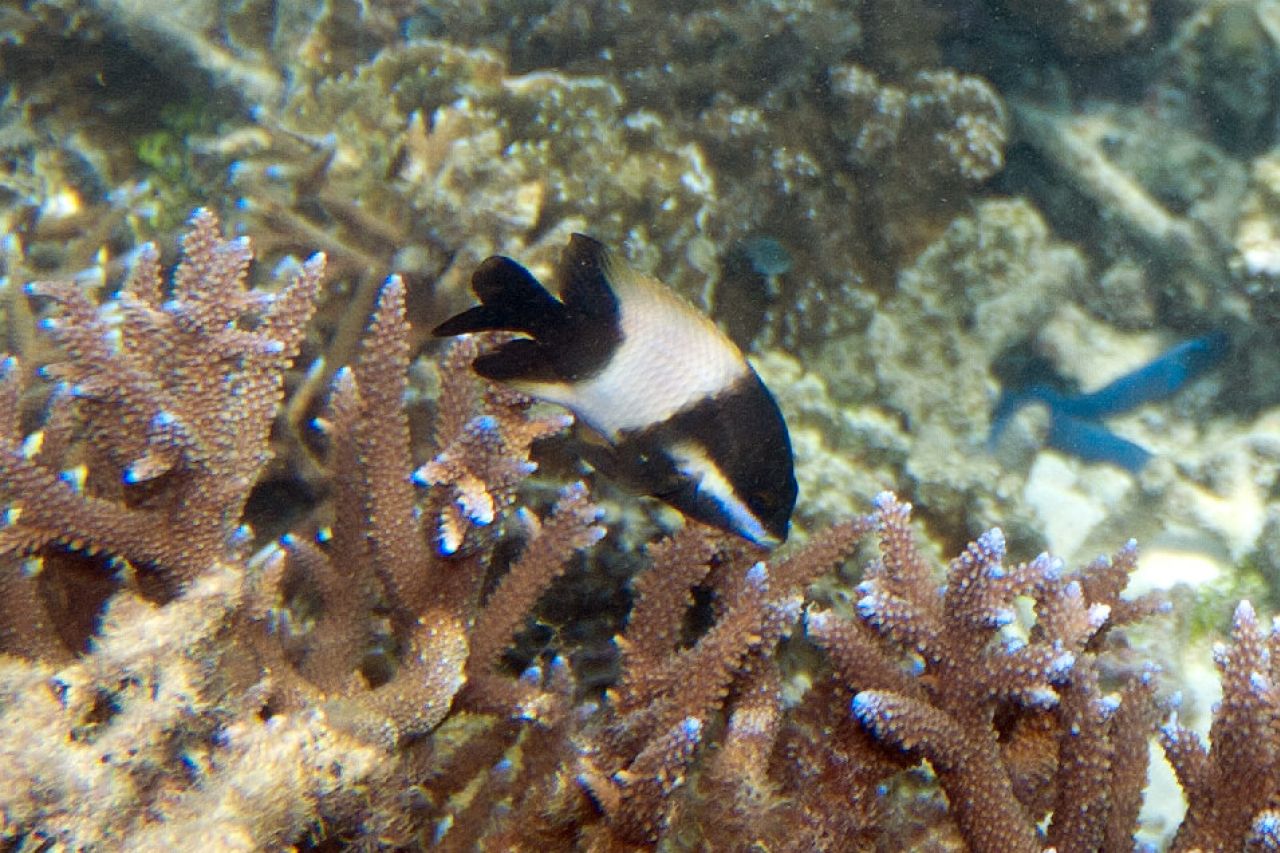
Interestingly, these species of red algae are too fragile and easily outcompeted by other algae to be able to survive without the tending of the damselfish. Not only do they feed the fish, but the fish allows them to flourish - an excellent example of mutualism.
Black swallowers - larders of horror
When it comes to the ocean, few animals are as terrifying to behold as the creatures of the deepest abyssal plains. At this depth, food is scarce, mating is rare, every shred of energy needs to be conserved, and every available feeding opportunity needs to be fully exploited to survive. Survival at depth is about efficiency, and few fish demonstrate this better than the aptly named black swallower (Chiasmodon niger).
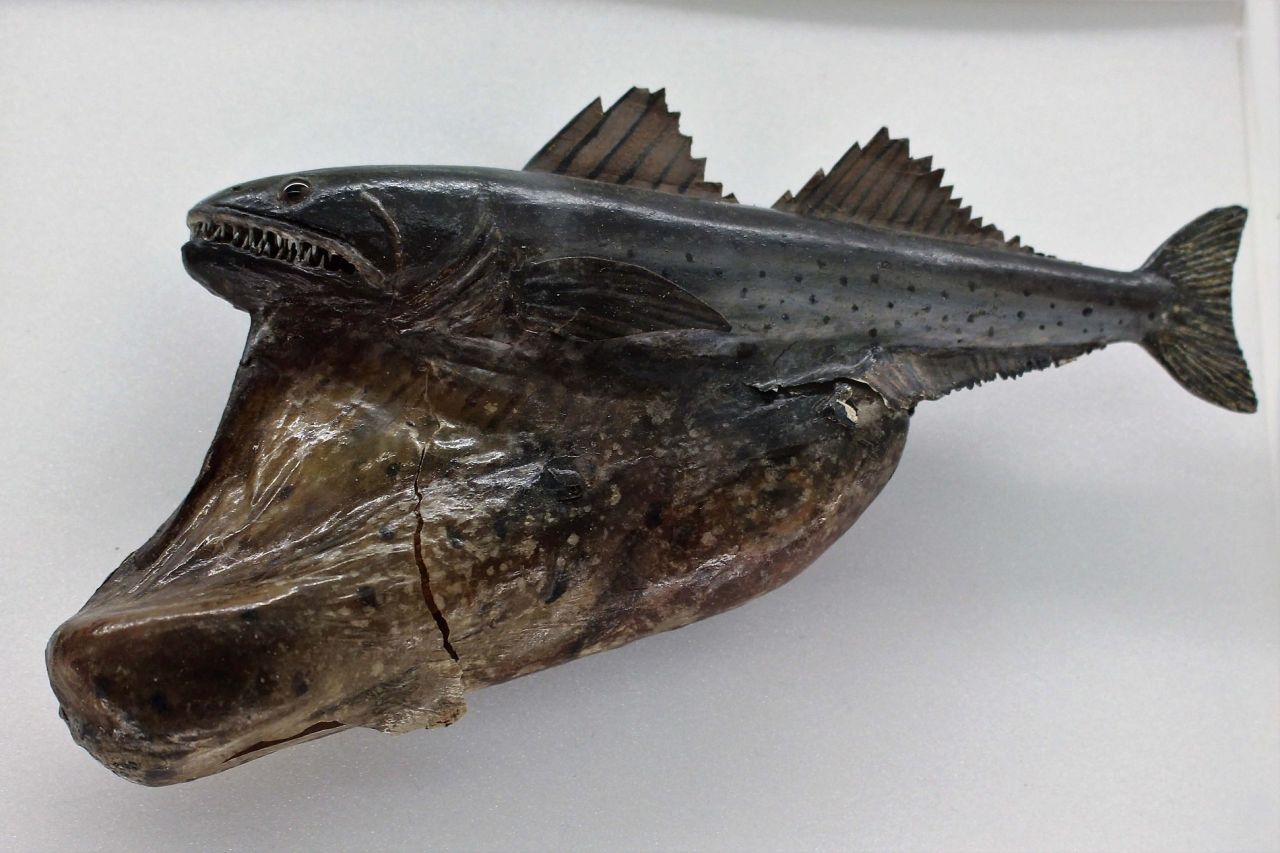
Although you may never have seen or heard of black swallowers, they are incredibly common at depths of up to almost 3km in all the world's oceans. They are small, rarely growing longer than 25cm, they have no scales, short fins and a bit of an underbite. In fact, black swallowers would be a pretty unremarkable animal to behold if it weren't for one characteristic - their massive, distended stomachs!

Their stomachs are so large that they are able to swallow prey, usually, other fish, that are more than twice as long and ten times heavier than themselves! That's the equivalent of a human eating a meal over 3m tall and weighing 700kg - in one bite!
This allows black swallowers to stock up and live off a slowly digesting meal for a long, long time. There is just one problem - black swallowers can't burp, so if they swallow prey too large, and decomposition outpaces digestion, the buildup of gas causes the black swallower to float to the surface. This is actually how scientists have found most of their specimens!
Ready for quiz?
Simply answer five quick questions about the blog you just read and join the Marine Masterminds leaderboard. Climb the leaderboard and you could win amazing prizes - Two Oceans Aquarium annual memberships, Penguin Experiences and day tickets are all up for grabs. Good luck!
We hope you've enjoyed this "social distancing" special. Stay home, stay safe, save lives. Be healthy everyone!
Competition Terms & Conditions:
- Only people who live in South Africa are eligible to enter this competition. (But, anyone can play!)
- All content sent to the Two Oceans Aquarium as entry into the competition may be used on the Aquarium’s website and associated digital platforms.
- Entries close at 24h00 on the day the Two Oceans Aquarium reopens*.
- Winners will be notified the following day.
- You name, as shown on your quiz entry, will be displayed on the Marine Masterminds leaderboard, and your email address will be used to link quiz results to your identity for this competition. So make sure you always use the same email address so we can track your entries!
- To enter the competition, you must complete at least one of the quizzes listed on this page. Each quiz may only be completed once and attempts to complete a quiz multiple times will result in that quiz's results being forfeited by the entrant.
- Prizes are as follows:
- Overall winner: One family membership to the Two Oceans Aquarium. Constitutes two adult memberships and two child memberships. Will be activated once the Aquarium re-opens.
- Second place: A Penguin Experience** for two at the Two Oceans Aquarium. **Only suitable for people over the age of 8 years.
- Third place: Two adult memberships to the Two Oceans Aquarium. Will be activated once the Aquarium re-opens.
- Runners up, fourth to tenth place: One double set of day tickets to the Two Oceans Aquarium. Will be valid for three months after the Aquarium re-opens.
- The eligible entrants with the top scores will be deemed the winners of the Two Oceans Aquarium's Marine Masterminds competition.
- The judges’ decision is final and no correspondence will be entered into.
- Any score tie will be settled by a lucky draw or a "quiz off" at the discretion of the Two Oceans Aquarium.
- Prizes are non-transferable and not redeemable for cash.
- Prizes must be redeemed within three months of the date of issue.
- The winners may be required to participate in a photo-taking session during the issuing of the prize. Pictures may be used online.
- Entry into the competition and acceptance of any prize shall constitute consent on the winner's part to allow the use of the winner's name, image, voice and/or likeness by the Two Oceans Aquarium for editorial, advertising, promotional, marketing and/or other purposes without further compensation except where prohibited by law.
- This competition is not open to Two Oceans Aquarium staff or volunteers and their families. These parties are welcome to climb the leaderboard for fun, though!
*Subject to change. These are uncertain times, and we cannot at this stage commit to a re-opening date. We will endeavour to continue to run this quiz for as long as it takes!
Related News
Sign up to our Newsletter
Receive monthly news, online courses and conservation programmes.
